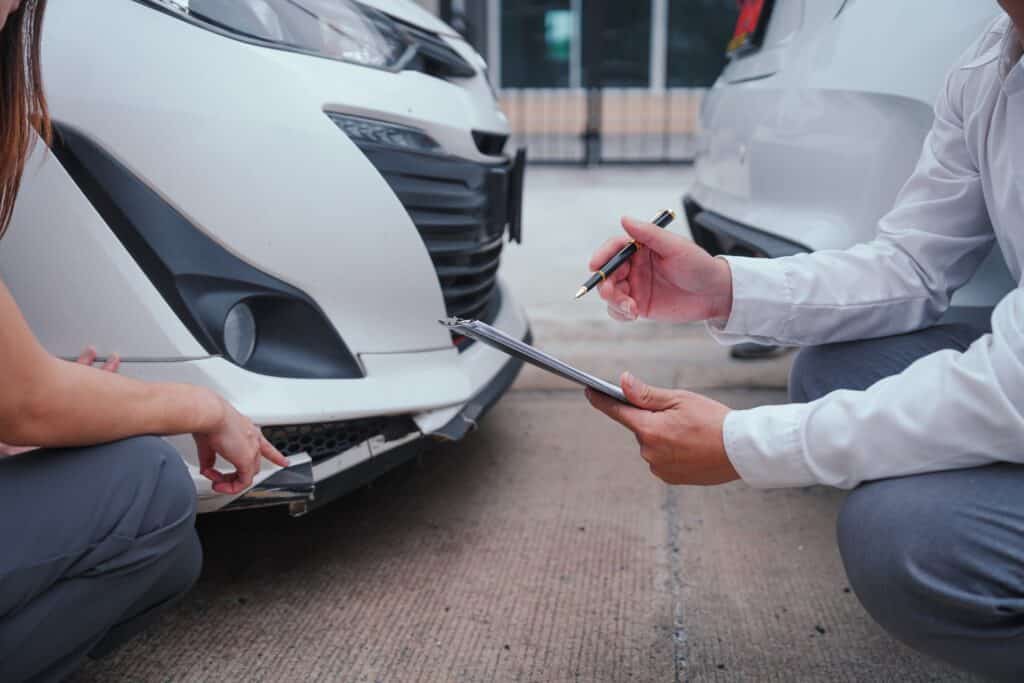New York operates under a “comparative fault” system, which significantly impacts how compensation is determined in auto accident claims. This system considers the degree of fault of each party involved in an accident, and uses that info to decide compensation amounts. This article will take a deeper look into how comparative fault can affect your auto accident claim and some practical strategies to manage your own liability.
If you’ve been injured in a New York auto accident, call the car accident attorneys White Plains trusts. Call Gash & Associates, P.C.
How Does Comparative Fault Work?
Comparative fault, also known as comparative negligence, allows a court to distribute the fault for an accident among all parties involved. Unlike contributory negligence, which can bar recovery if you’re even slightly at fault, comparative negligence allows recovery even if you are partially to blame. However, our system reduces the compensation you can receive by your percentage of fault.
The Impact on Compensation Amounts
The use of comparative fault means that establishing the degree of fault in auto accidents is crucial for each party. Every action you took (or did not take) will be scrutinized to determine your share of negligence. This can include speeding, failing to signal, or texting while driving. In busy states like New York, where heavy traffic can lead to complex accidents, determining fault can become particularly difficult.
How to Prove Negligence in a Car Accident
To minimize your fault percentage and maximize your potential compensation, it’s important to gather evidence that supports your claim. The most effective types of evidence to use are:
- Accident Reports: Securing a copy of the police report can help indicate the other party’s fault. Since the total percentage of fault for each accident must total 100%, a higher fault percentage assigned to them means a lower percentage assigned to you.
- Witness Statements: Collecting statements from anyone who saw the accident can be particularly persuasive, especially if they’re neutral third-party witnesses. If you had a passenger in your car, their testimony would also be used, but the court will put a higher degree of trust in the testimony of someone who doesn’t know either party.
- Photos and Videos: Visual evidence from the accident scene that shows the vehicle’s positions, road conditions, and traffic signs can help confirm your story. You’ll also want pictures of damages to your car and the injuries inflicted on both you and your passengers.
Gash & Associates, P.C.: The Car Accident Lawyers New York Trusts
Proving negligence after a New York auto accident is complex, and the help of an experienced car accident lawyer is indispensable. Gash & Associates, P.C. can offer a realistic assessment of what compensation you might expect with New York’s comparative fault laws, and we can help you gather and organize the evidence that supports your claim.
Our experienced personal injury attorneys can negotiate with insurance companies that often seek to minimize their payouts by arguing for a higher fault percentage against you. If your case goes to court, having a skilled car accident attorney to argue your side and challenge the opposition can be crucial in securing the funds you need to reciprocate.
If you’ve been injured in a New York auto accident, call the experienced personal injury lawyers that New York trusts. Call Gash & Associates, P.C. at (914) 328-8800.


